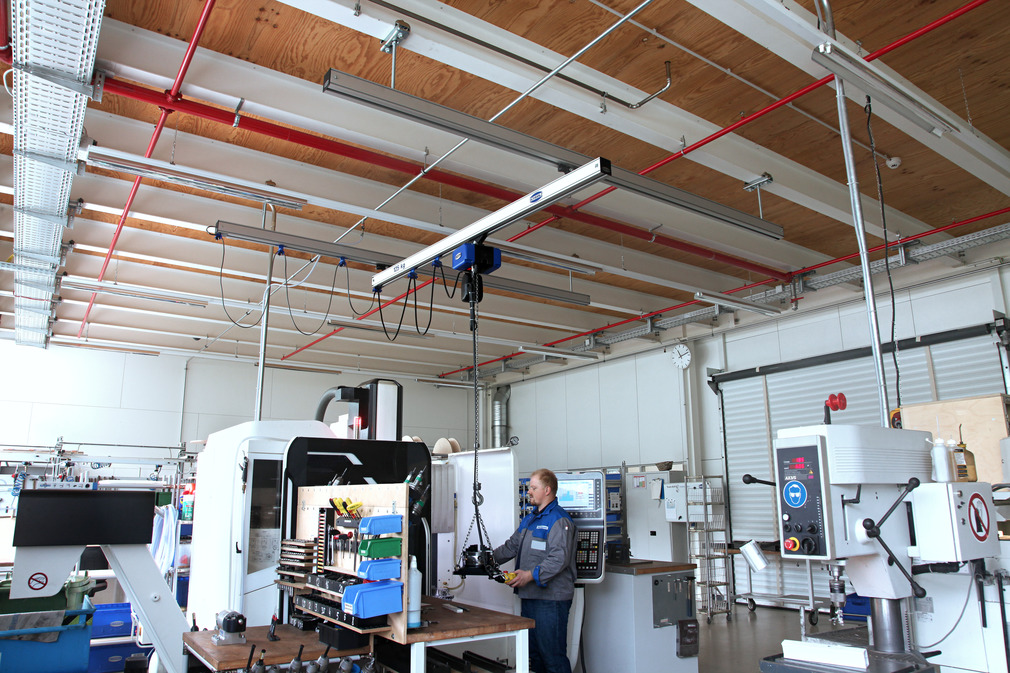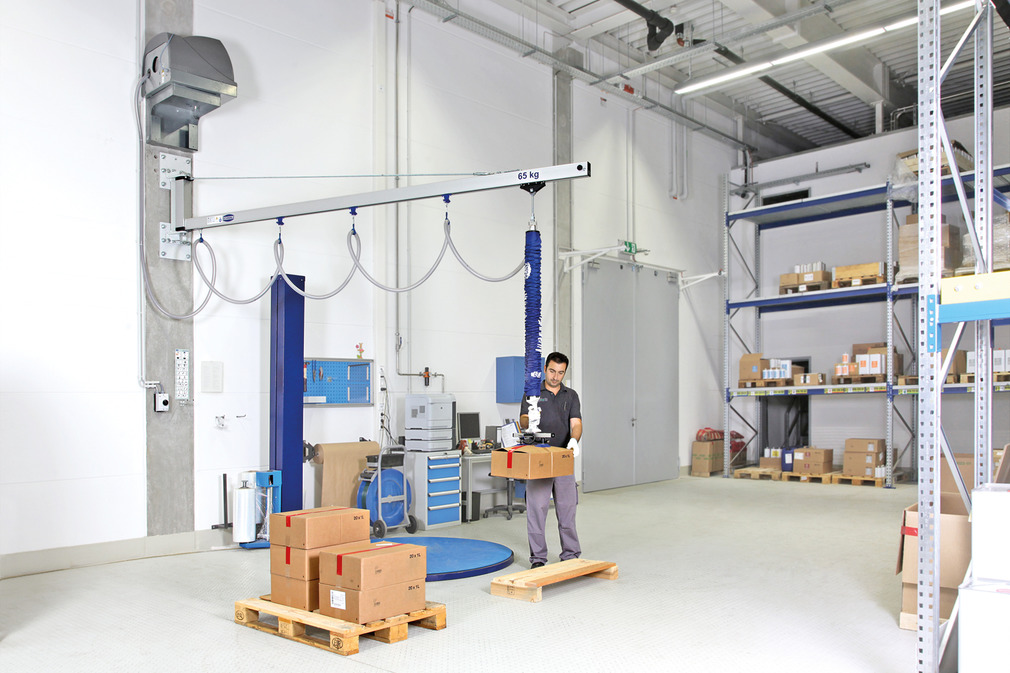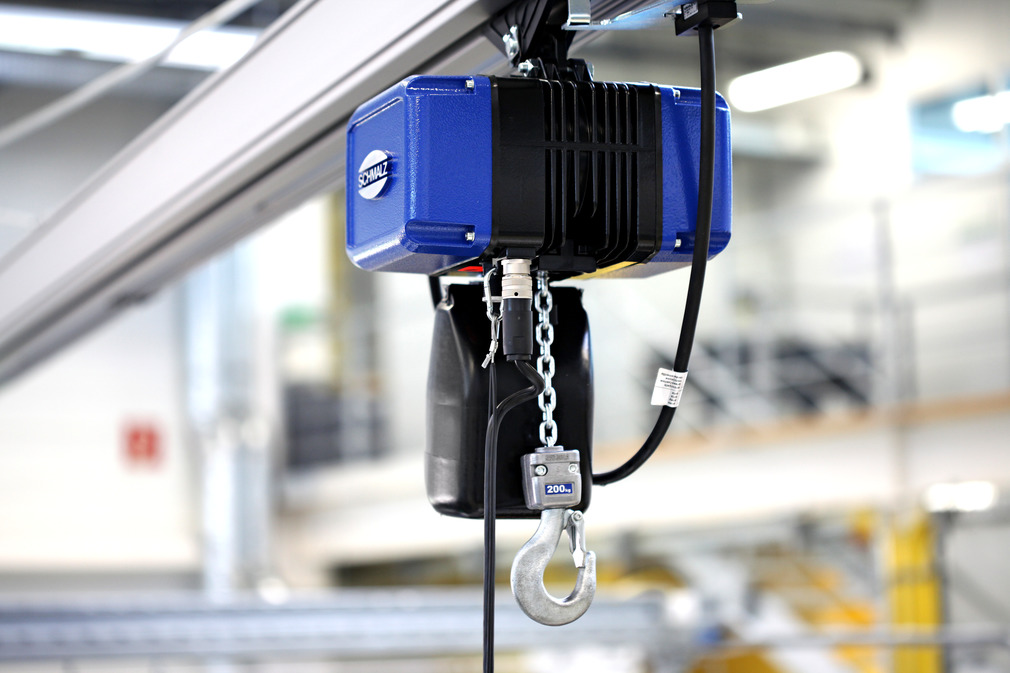


When it comes to lifting and moving heavy loads, having the right equipment is key. Aluminium overhead cranes boast smooth, low-friction operation. Thanks to a beneficial weight-load ratio, these cranes can easily handle even the heaviest of work pieces. The load is evenly distributed among all supporting rollers, preventing transport trolleys from tipping. Additionally, the modular design allows for the attachment of these crane systems to any steel or other superstructure. Crane systems play a crucial role in various industries, from construction sites to warehouses and manufacturing plants. But with so many options available—like jib cranes, gantry cranes and chain hoists—it can be overwhelming to find the ideal system for your unique operation.
Choosing the right crane not only enhances efficiency but also boosts safety and reduces operational costs. Whether you’re looking for precision lifting or heavy-duty performance, understanding the different types of crane systems can guide you towards making an informed decision. Let’s delve into what makes these machines tick, explore their applications across industries, and uncover essential tips for maintenance and safety along the way. Get ready to elevate your operations!
Understanding Crane Systems
Crane systems are essential tools designed to lift, move, and position heavy materials with ease. They operate through a combination of mechanical components that work in harmony to perform complex tasks efficiently.
At the core of any crane system is its lifting mechanism. This includes elements like hooks, chains, or slings that securely hold loads during transportation. A power source—often electric or hydraulic—drives these mechanisms, providing the necessary force for lifting.
The design of crane systems can vary widely based on application needs. Some cranes are fixed in one location while others offer mobility across different areas within a facility. Understanding these differences helps businesses choose equipment tailored to their specific requirements.
Additionally, knowing the load capacities and operational limits is crucial for safe usage. Each crane type has unique characteristics suited for particular environments and applications, making it vital to select wisely.
Types of Crane Systems Available
Crane systems come in various types, each designed for specific tasks and environments. Jib cranes are popular for their versatility. They can pivot around a fixed point, making them ideal for loading and unloading materials in tight spaces.
Gantry cranes are a flexible modular system for the assembly of individual crane solutions and are used in nearly all in-house handling and logistics processes. They offer increased productivity thanks to reduced handling and loading times
For heavy lifting needs, chain hoists provide reliable solutions. These devices use chains to lift loads vertically and can be manually operated or powered electrically, catering to different operational requirements.
Portable cranes are another option worth considering. Their lightweight design allows easy relocation between job sites while maintaining decent lifting capabilities—perfect for construction projects that require mobility without sacrificing power.
Factors to Consider When Choosing a Crane System
Choosing the right crane system involves several crucial factors. First, assess your workspace dimensions. A compact area might benefit from jib cranes, which provide flexibility without occupying too much space.
Next, consider the weight capacity needed for your operations. Determine the heaviest load you expect to lift and ensure your chosen crane can handle it safely.
Material type is another important aspect. Different industries have varying requirements based on environmental conditions and durability needs. For example, outdoor settings may require more robust materials resistant to weathering.
The frequency of use also matters. If you need a solution for continuous operation, investing in higher-quality chain hoists could prove invaluable over time.
Don’t forget about compliance with safety regulations specific to your industry. Choosing a system that meets these standards is essential for both operational efficiency and worker safety.
Common Uses for Crane Systems in Different Industries
Crane systems are versatile tools that find applications across various industries. In construction, they lift heavy materials to great heights, ensuring projects progress smoothly.
Manufacturing facilities rely on jib cranes for efficient material handling. These compact solutions allow workers to move parts or tools with ease within tight spaces.
In shipping and logistics, chain hoists play a crucial role in loading and unloading cargo from ships or trucks. Their strength and reliability make them indispensable in busy ports.
The automotive industry utilises crane systems to assemble vehicles efficiently. They help streamline production lines by positioning components precisely where needed.
Even the entertainment sector benefits from these machines when setting up stages or moving large props during productions.
Each industry adapts crane technology to enhance productivity, safety, and workflow management tailored to its specific needs.
Maintenance and Safety Tips for Crane Systems
Regular maintenance is vital for crane systems. A thorough inspection should be conducted frequently to identify any wear and tear. Check wire ropes, hooks, and other critical components for damage.
Lubrication of moving parts cannot be overlooked. It minimises friction and extends the lifespan of your equipment. Make sure that all joints are adequately greased according to the manufacturer’s guidelines.
Safety training is equally important. Ensure that operators are well-trained in both operation and emergency procedures. This reduces accidents significantly.
Implement a clear communication system on site, especially when multiple workers are involved during lifting operations. Use hand signals or radios to maintain coordination and avoid mishaps.
Always adhere to weight limits specified by the manufacturer. Overloading cranes can lead to catastrophic failures, endangering lives and property alike.
Keep an eye on environmental factors like wind speed if working outdoors; they can greatly affect stability and safety.
Making the Right Choice
Selecting the right crane system can significantly impact your operations. By understanding the various types available, such as jib cranes and chain hoists, you can make informed decisions tailored to your specific needs. It’s essential to weigh factors like load capacity, space constraints, and overall functionality when evaluating options.
Every industry has unique requirements for lifting equipment. Recognising these common applications helps ensure that you choose a system that enhances efficiency while meeting safety standards. Maintaining your crane systems properly is crucial not just for longevity but also for workplace safety.
When making this investment, consider both current demands and future growth potential of your operation. This thoughtful approach will pave the way for smooth operations ahead!

